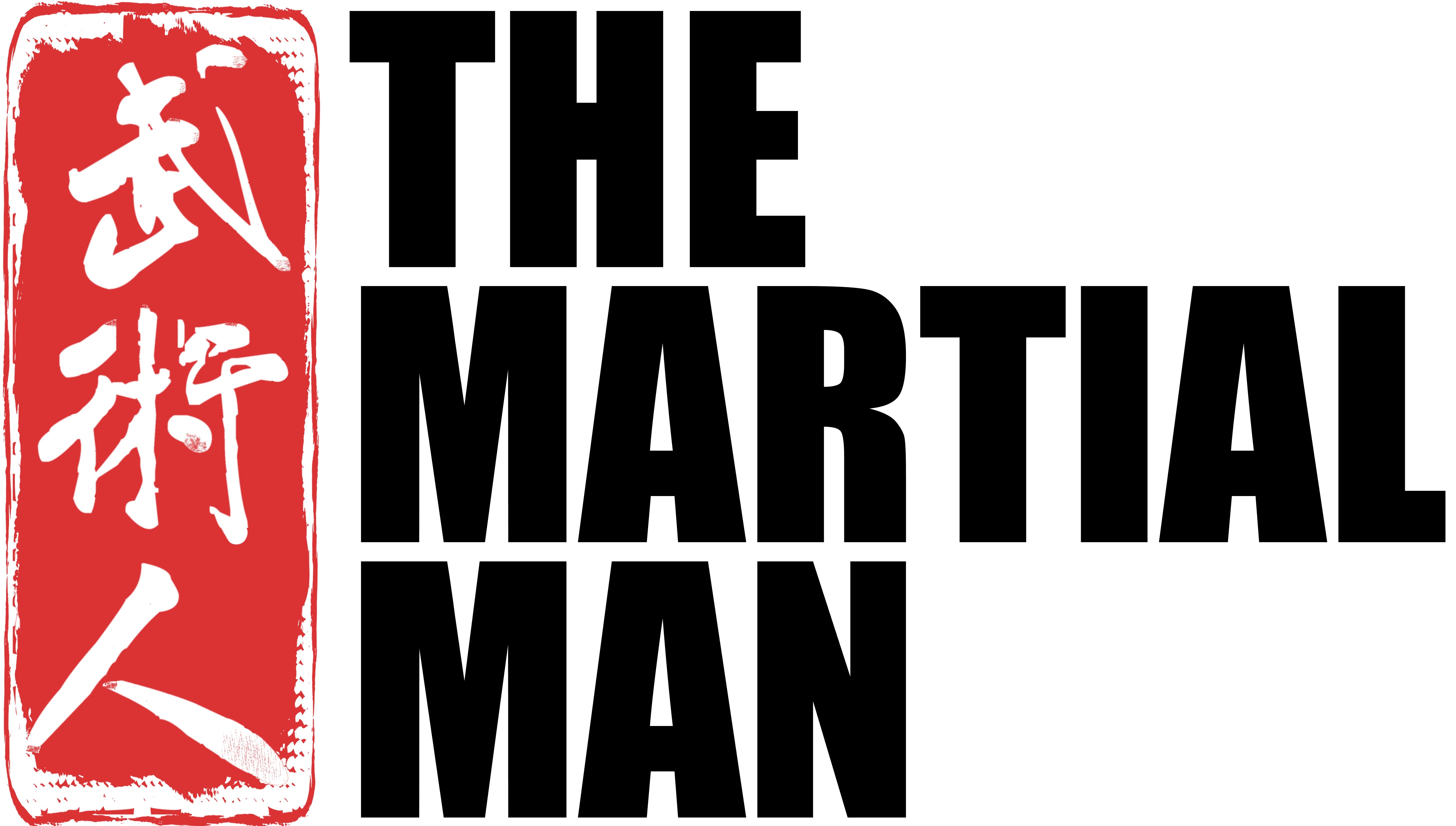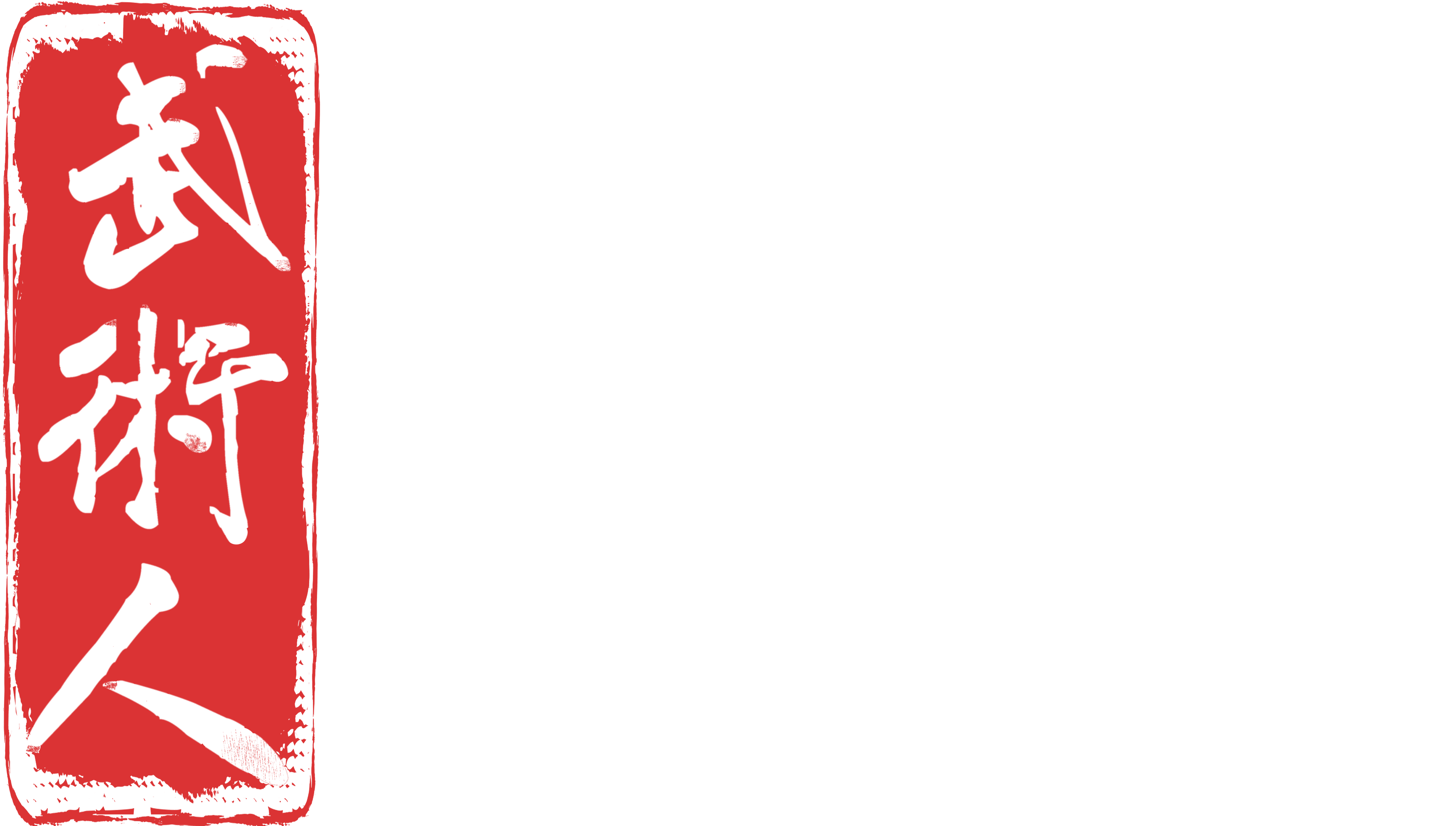Back to Course
Yan Shou Gong - The Art of Longevity (Sets 1-6)
0% Complete
0/0 Steps
-
SUPPORTING MATERIAL
1. The History of Yan Shou Gong -
2. The creators of Yan Shou Gong
-
3. The benefits of training Nei Gong
-
4. How to approach training Nei Gong
-
5. The Roadmap
-
6. The Roadmap - Part 2
-
BEGINNING YOUR NEI GONG JOURNEY1. Welcome to the YSG course
-
2. The profound depths of learning Nei Gong
-
3. The Martial and the Healing aspects of authentic Nei Gong
-
4. How to practice Nei Gong
-
'EVERYTHING COMES FROM EMPTINESS' - SET 11.1 An introduction to the first form
-
1.2 Explaining the first movement
-
1.3 Explaining the second movement
-
1.4 Explaining the third movement
-
1.5 Explaining the fourth movement
-
1.6 Explaining the last movement
-
1.7 The complete form - Follow along video
-
1.8 The pointers - Part 1
-
1.9 The pointers - Part 2
-
1.10 The pointers - Part 3
-
1.11 The pointers - Part 4
-
1.12 The pointers - Part 5
-
1.13 Summary
-
'LOOK LEFT, LOOK RIGHT' - SET 22.1 An introduction to the second form
-
2.2 Explaining the first and second movements
-
2.3 Explaining the third movement
-
2.4 Explaining the fourth movement
-
2.5 Explaining the fifth movement
-
2.6 Explaining the last movement
-
2.7 The complete form - Follow along video
-
2.8 The pointers - Part 1
-
2.9 The pointers - Part 2
-
2.10 The pointers - Part 3
-
2.11 The pointers - Part 4
-
2.12 The pointers - Part 5
-
2.13 The pointers - Part 6
-
'CASTING THE NET' - SET 33.1 An introduction to the third form
-
3.2 Explaining the first movement
-
3.3 Explaining the first movement (side view)
-
3.4 Explaining the second movement
-
3.5 Explaining the second movement (rear view)
-
3.6 Explaining the last movement
-
3.7 Footwork
-
3.8 The complete form - Follow along video
-
3.9 The complete form - Follow along video (side view)
-
'CALMING HEAVEN & EARTH' - SET 44.1 An introduction to the fourth form
-
4.2 Explaining the first movement
-
4.3 Explaining the second movement
-
4.4 Explaining the second movement (side view)
-
4.5 Explaining the third movement
-
4.6 The complete form - Follow along video
-
4.7 The complete form - Follow along video (side view)
-
4.8 The pointers - Part 1
-
4.9 The pointers - Part 2
-
4.10 The pointers - Part 3
-
'INCENSE POINTING TO HEAVEN' - SET 55.1 An introduction to the fifth form
-
5.2 Explaining the first movement
-
5.3 Explaining the second movement
-
5.4 Explaining the third movement
-
5.5 Explaining the third movement (side view)
-
5.6 The complete form - Follow along video
-
5.7 The complete form - Follow along video (side view)
-
5.8 The pointers - Part 1
-
5.9 The pointers - Part 2
-
5.10 The pointers - Part 3
-
5.11 The pointers - Part 4
-
5.12 The pointers - Part 5
-
SUN & MOON SWINGING - SET 66.1 An introduction to the sixth form
-
6.2 Explaining the first movement
-
6.3 Explaining the second movement
-
6.4 Explaining the third movement
-
6.5 Explaining the last movement
-
6.6 The complete form - Follow along video
-
6.7 The complete form - Follow along video (side view)
-
6.8 The pointers - Part 1
-
6.9 The pointers - Part 2
-
6.10 The pointers - Part 3
-
6.11 The pointers - Part 4
-
Questions and Answers1. Is YSG a complete Nei Gong and Martial Arts system?
-
2. What is the difference between the Southern and Northern Shaolin Arts - Why is YSG a Southern Art?
-
3. How are the Strings and the points located on the feet related?
-
4. Does YSG have any Zhan Zhuang exercises?
-
5. How should we practice the YSG sets?
-
6. Is practicing Nei Gong enough to maintain good health and wellbeing? - What are your thoughts on aerobics, resistance training, and diet?
-
7. What is the importance of the Five Stages of Learning Internals?
-
ENERGY DISCHARGEShaolin Energy (Qi) Discharge
Lesson 6 of 86
In Progress


Hello Master Yap Boh Heong!
I appreciate your work and demonstrations!
I love the distinction between Milestones and Landmarks! It reminds me a familiar distinction I’ve learned from my philosophy profesor. He was talking a lot about ‘maps’ and ‘guides’. Since he mainly taught philosophy of mind and cognitive science he referred to mind. In his opinion there are two main camps in the field: “cartographers” (who try to create more and more precise maps of mind) and “authors of guidebooks” (who try to give clear personal raport from own experience with mental phenomena). He concluded: if you want to know the mind, you better prepare yourself with map and guidebook – the first will give you good scheme of the terrain, the second will help you experience what you want and avoid experience what you don’t want.
Could you give more experiential descriptions of what it is like to be truly grounded, rooted, centered, sinking, connected? Those qualities seems very central to the practice…
Very respectfully
Wojtek
Grounding rooting, Centering, sinking and Rising/Floating are key concepts in Internal Martial Atts.
It’s interesting that you bring up mind and cognitive sciences; I have been working with a friend who is a counselor for 20 years, the use the terms Grounding , Centering as well, with reference to psychological states, and Grounding we collaborate, we find that the physical act of Grounding and Centering actually affects the psychological state. (There are many papers written on the Mind-Body Connections), and so we can use parts of YSG for therapy. In our art of YSG, all these are done with the Strings.
Back to maps and landmarks, I will write a more comprehensive article on these attributes and post them in the discussions. It too long to write here.
Thank You for your comment.
I’m very interested in potential applications of YSG (and strings theory in particular) in the context of psychotherapy. I believe that your methodology can bring new perspective to the field of somatic psychology. I’m willing to explore it…
I also believe in phenomenological descriptions and your pressure tests as an experiential way to learn. So I can’t wait to hear/read more about landmarks 🙂
Hello Master Yap,
What happens if you and your opposing partner both have elastic energy and the milestones? Would it be a stalemate? Neither would be off balance.
Delightful to watch the demo-thank you
Thank you for your explanations and demonstrations. Much appreciated.
Hello Yap Sifu and fellow students,
Thank you so very much, Yap Sifu, for making this profound practice available to learn. I am very grateful for your teachings of the depth of knowledge you’ve accumulated through your prestigious lineage and within your own practice over the years.
I am especially appreciative of how you’ve articulated and conveyed such concepts that may be considered intangible or abstract experiences of the Nei Gong practice itself; for I’m feeling relieved the information and demonstrations of your teachings I’ve watched and listened to thus far, making a lot of sense and has the clarity needed for me to get started at least.
I feel very inspired, and look to ground this consistently in practice.
Kind regards,
Tanya